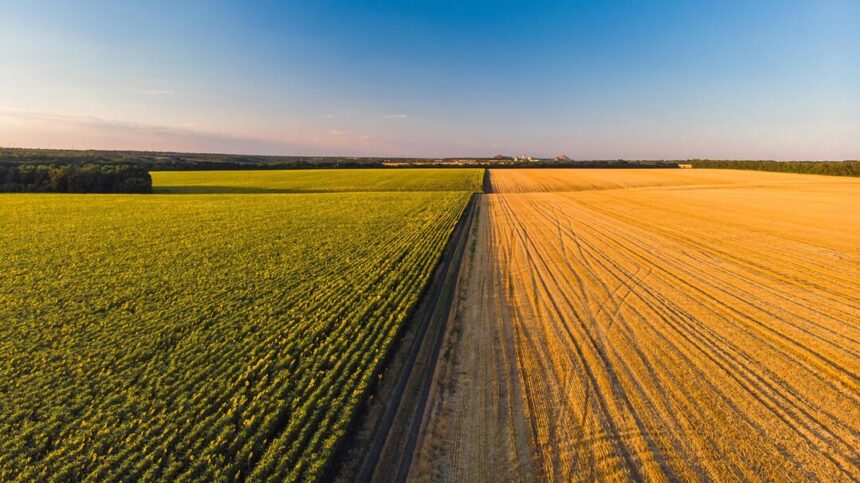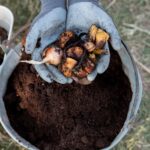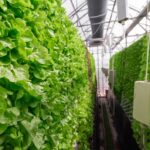Crop rotation and harvest practices play a vital role in maintaining soil health and promoting sustainable agriculture. By rotating crops and implementing efficient harvest techniques, farmers can mitigate soil degradation, improve fertility, and enhance crop yields over time. In this article, we’ll explore the importance of crop rotation and harvest in ensuring soil health and sustainability.
1. Crop Rotation:
Crop rotation is a farming practice that involves planting different crops in sequential seasons on the same piece of land. This method helps break pest and disease cycles, reduce soil erosion, and replenish soil nutrients. By rotating crops with different root structures and nutrient requirements, farmers can prevent the depletion of specific nutrients and improve overall soil health.
2. Benefits of Crop Rotation:
- Pest and Disease Management: Rotating crops disrupts the life cycles of pests and pathogens, reducing the buildup of harmful organisms in the soil. This helps minimize the need for chemical pesticides and promotes natural pest control methods.
- Nutrient Cycling: Different crops have varying nutrient requirements, and rotating crops helps balance soil fertility by alternating between nutrient-depleting and nutrient-replenishing crops. Leguminous crops, for example, fix nitrogen in the soil, benefiting subsequent crops with higher nitrogen availability.
- Soil Structure Improvement: Crop rotation promotes soil structure and fertility by encouraging the growth of diverse root systems. Deep-rooted crops help break up compacted soil layers, improve water infiltration, and enhance soil aeration.
- Weed Suppression: Certain crop rotations, such as alternating between row crops and cover crops, can help suppress weed growth naturally. Cover crops shade the soil, compete with weeds for nutrients and space, and prevent soil erosion.
3. Harvest Practices:
Efficient harvest practices are essential for maximizing crop yields while minimizing soil disturbance and erosion. Proper timing, equipment selection, and handling techniques can help preserve soil structure and protect soil health during the harvest process.
4. Sustainable Harvest Techniques:
- Timing: Harvesting crops at the optimal stage of maturity ensures maximum yield and quality while minimizing soil compaction. Timing harvests during dry weather conditions can also reduce soil damage and compaction.
- Equipment Selection: Using appropriate harvesting equipment, such as low-ground-pressure vehicles or wide flotation tires, helps minimize soil compaction and surface disturbance. Properly maintained equipment reduces the risk of soil erosion and preserves soil structure.
- Residue Management: Leaving crop residues on the soil surface after harvest helps protect against erosion, retain soil moisture, and promote organic matter decomposition. No-till or reduced tillage practices further minimize soil disturbance and preserve soil health.
- Cover Crops: Planting cover crops immediately after harvest helps maintain soil cover, prevent erosion, and improve soil structure. Cover crops also contribute organic matter to the soil, enhance nutrient cycling, and suppress weed growth during fallow periods.
Crop rotation and harvest practices are essential components of sustainable agriculture that promote soil health, preserve natural resources, and ensure long-term productivity. By implementing crop rotation to diversify crop sequences and adopting sustainable harvest techniques to minimize soil disturbance, farmers can protect soil health, enhance ecosystem resilience, and promote agricultural sustainability for future generations. Prioritizing soil health through thoughtful crop management practices is essential for the resilience and longevity of agricultural systems worldwide.
Join 'Farmers Mag' WhatsApp Channel
Get the latest Farming news and tips delivered straight to your WhatsApp
CLICK HERE TO JOIN






